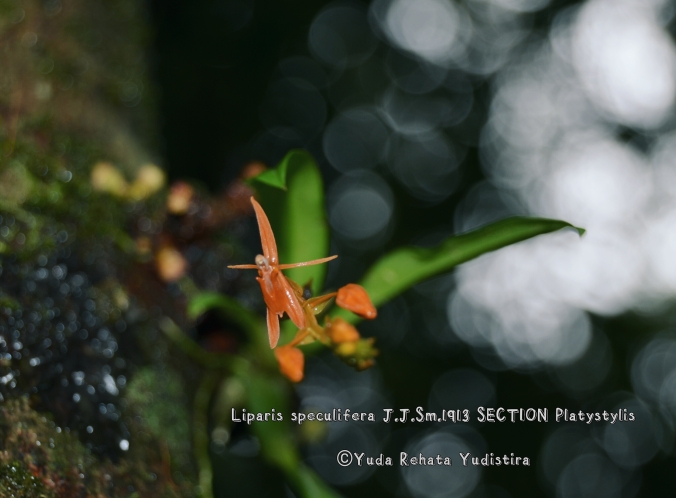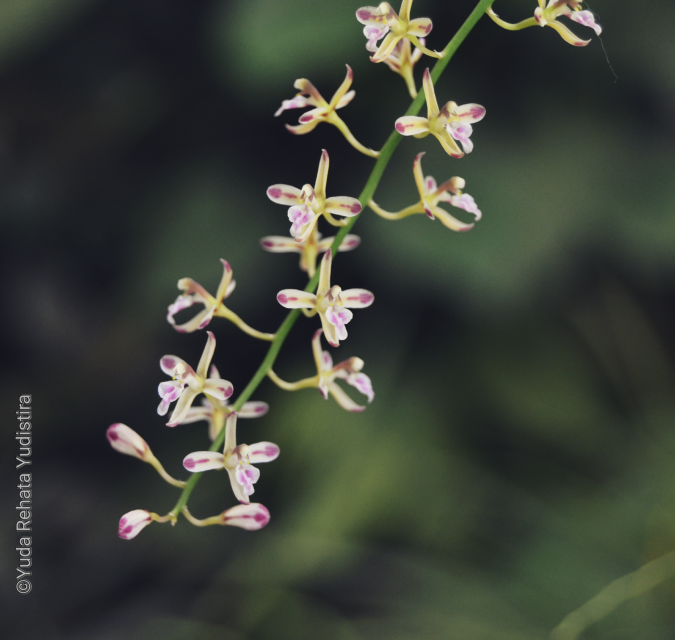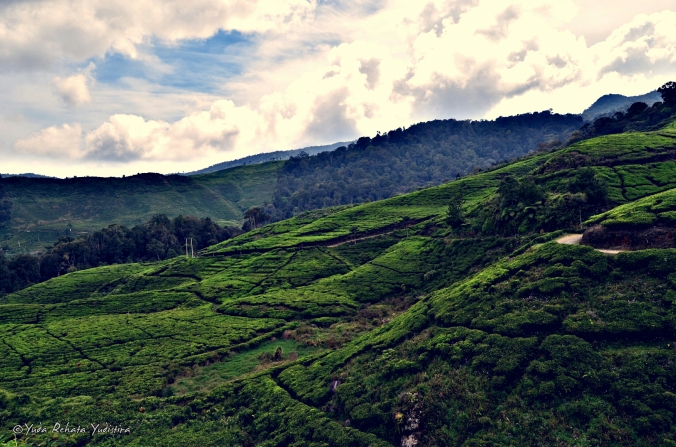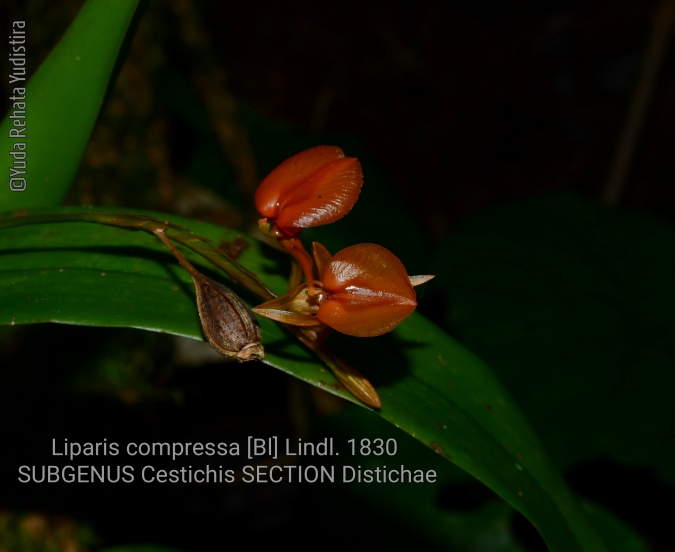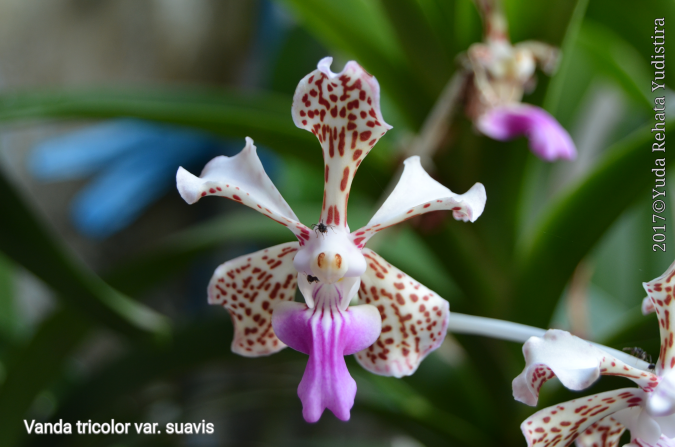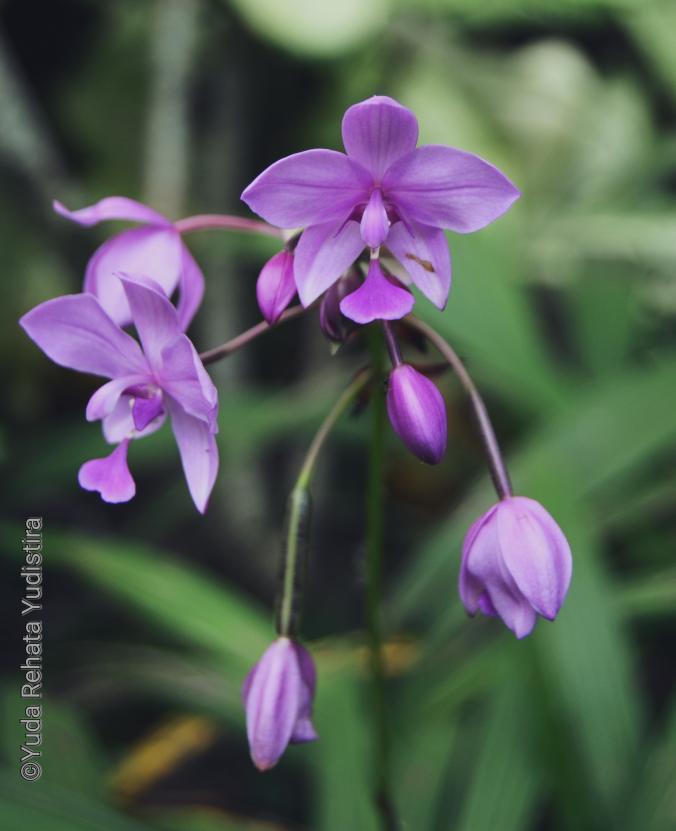
photo taken in September
A medium to large sized, hot to cool growing terrestrial species found at elevations of 700 to 2000 meters on rocky grassland slopes, in semi-deciduous and deciduous dry lowland forests and savana-like woodlands in Bangladesh, eastern Himalayas, Assam, India, Sri Lanka, Andaman Islands, Myanamar, Thailand, Laos, Cambodia, Vietnam, Borneo, Java, Malaysia, Sumatra, Moluccas, Philippines, Sulawesi, Bismark Islands, New Guinea, Solomon islands, Queensland Australia, Fiji, Niue, New Caledonia, Samoa, Tonga, Vanuatu, Santa Cruz, Wallis and Futna, Carolines Islands, Marianas, Taiwan and the Ryukyus and as an invasive species Hawaii and the Caribbean. They can take full sun year round and require regular waterings and fertilizer year round. It has ovoid 3″ [7.5 cm] psuedobulbs with numerous apical, stalked, linear-lanceolate, pointed, plicate, membraneous, and up to 3′ [90 cm] long. The stiff, erect, up to 2 1/2′ [75 cm] long, terminal inflorescence has a head of 5 to 25, successive opening, nonfragrant flowers that can bloom several times in a year but most often througth the spring and summer. This species is often found in conjunction with ants and may benefit from their presence.
